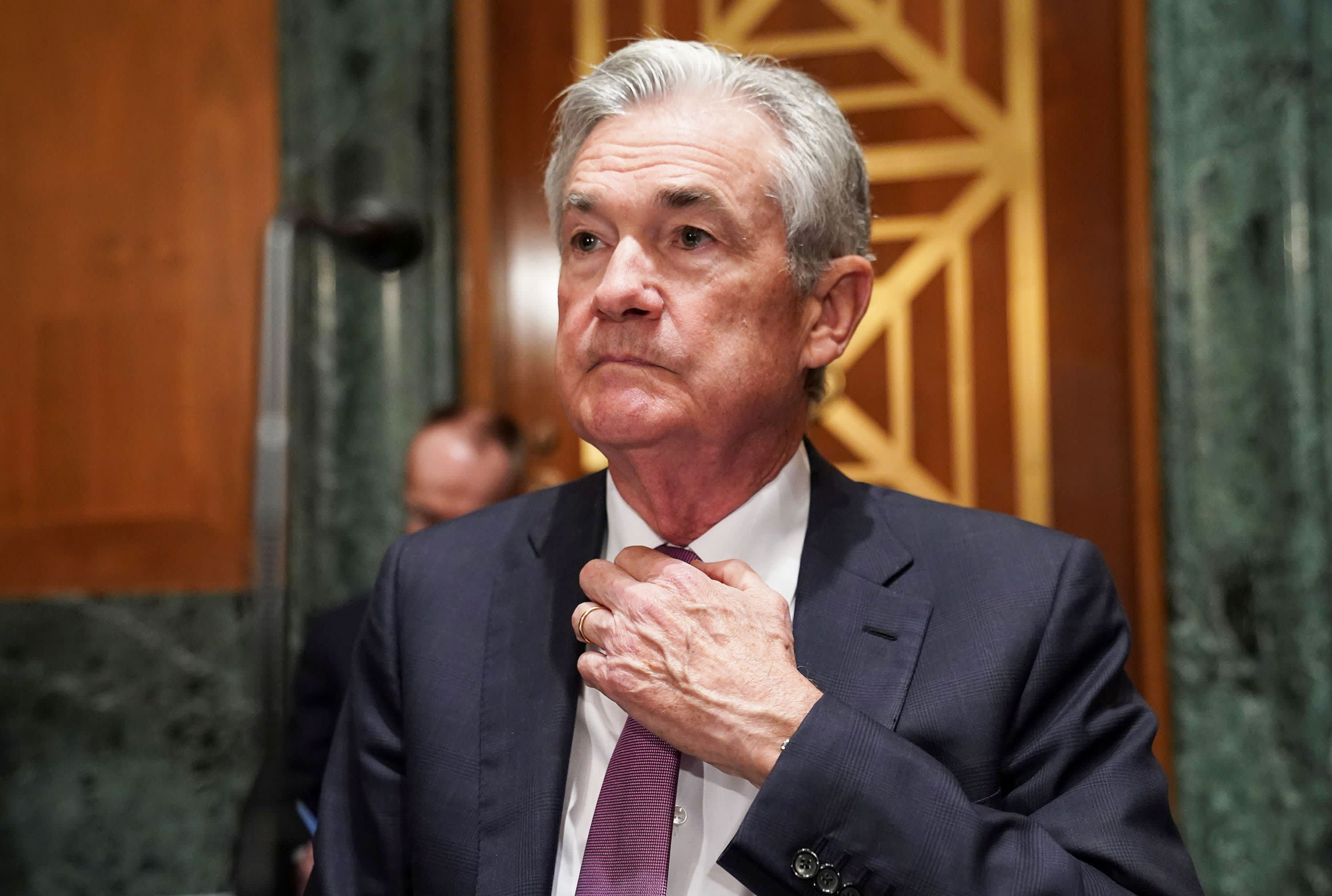
The Federal Reserve at its December meeting began plans to start cutting the amount of bonds it is holding, with members saying that a reduction in the balance sheet likely will start sometime after the central bank starts raising interest rates, according to minutes released Wednesday.
While officials did not make any determination about when the Fed will start rolling off the nearly $8.3 trillion in bonds it is holding, statements out of the meeting indicated that process could start in 2022, possibly in the next several months.
“Almost all participants agreed that it would likely be appropriate to initiate balance sheet runoff at some point after the first increase in the target range for the federal funds rate,” the meeting summary stated.
Market expectations currently are for the Fed to start raising its benchmark interest rate in March.
The minutes also indicated that once the process begins, “the appropriate pace of balance sheet runoff would likely be faster than it was during the previous normalization episode” in 2017.
As expected, the Fed’s policymaking group following the meeting kept its benchmark interest rate anchored near zero. However, officials also indicated that they foresee up to three quarter-percentage-point increases in 2022, as well as another three hikes in 2023 and two more than the year after that.
In addition, the committee announced it would speed up the tapering pace of its monthly bond-buying program. Under the new plan, the program would now end around March, after which it would free up the committee to start hiking rates.
Current fed fund futures market pricing is indicating about a 2-to-1 chance of the first hike coming in March, according to the CME’s FedWatch Tool. Traders figure the next increase would come in June or July, followed by a third move in November or December.
Fed officials indicated that the reasoning behind the moves was in response to inflation that is higher and more persistent than they had figured. Consumer prices are rising at their fastest pace in nearly 40 years.
Policymakers also discussed when they might start reducing the Fed’s $8.8 trillion balance sheet, which has more than doubled since the beginning of the Covid pandemic.
This is breaking news. Please check back here for updates.




